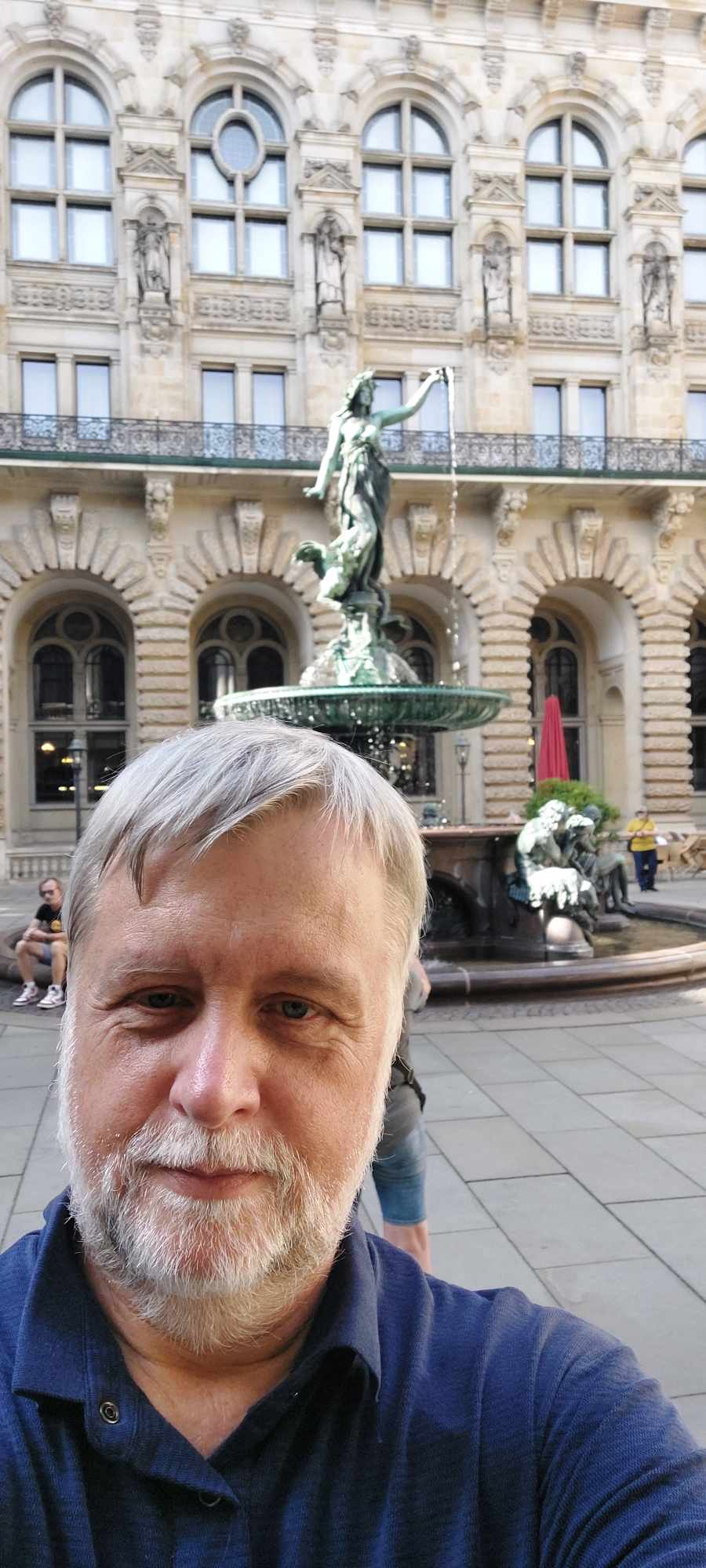2024 ASSA Annual Awards
The 2024 ASSA Annual Awards Night, held on Saturday, 14th September at the Glenelg Golf Club function room, was a resounding success. Overlooking the picturesque Glenelg Golf Course, the event was attended by 62 guests who gathered to celebrate the outstanding contributions of ASSA members to astronomy in South Australia. Guests were treated to a delightful three-course meal, and the evening’s festivities included a quiz and door prize.
Special guests in attendance included Ron and Sandra Pinksterboer from Adelaide Optical Centre, Paul Marks, who played a key role in setting up the awards online entry system, and Barbara Richardson, representing the Richardson family. One of the highlights of the night was the 2024 Astrophotography Exhibition, presented by Marie Wills, which showcased 94 stunning celestial images and timelapse videos, accompanied by a beautiful background score. The Astrophotography Awards recognised excellence across five categories: Deep Sky, Solar System, Nightscapes, Timelapse Video, and Smartphone photography.
Special awards on the night included the Craig Richardson Memorial Award, the ASSA Junior Astrophotography Award, and the Overall Best Astrophotography Award. Judging was conducted by renowned experts Peter Ward and Phil Hart, ensuring a high standard of competition.
ASSA President Gerhard Velaitis addressed the attendees, expressing his gratitude for the invaluable contributions of volunteers who support the Society’s activities. He also encouraged members to consider nominating for the ASSA Council in 2025 to further the Society’s growth and development.
The evening also featured the presentation of the Service Awards, recognising members for their exceptional volunteer work and dedication to the Society. Additionally, the Editor's Award was presented for the best original article or article series published in the Society's Bulletin.
The 2024 Annual Awards Night was a fitting celebration of the talent, service, and enthusiasm within South Australia’s vibrant amateur astronomy community.
2024 Award Results
The 2024 Astrophotography Exhibition: Marie Wills
Deep Sky Award
Deep Sky refers to the imaging of objects in the night sky that are beyond our Solar System. This includes galaxies, nebulae, and star clusters—essentially, any celestial body outside of the solar system. The image must not incorporate a foreground land or seascape.
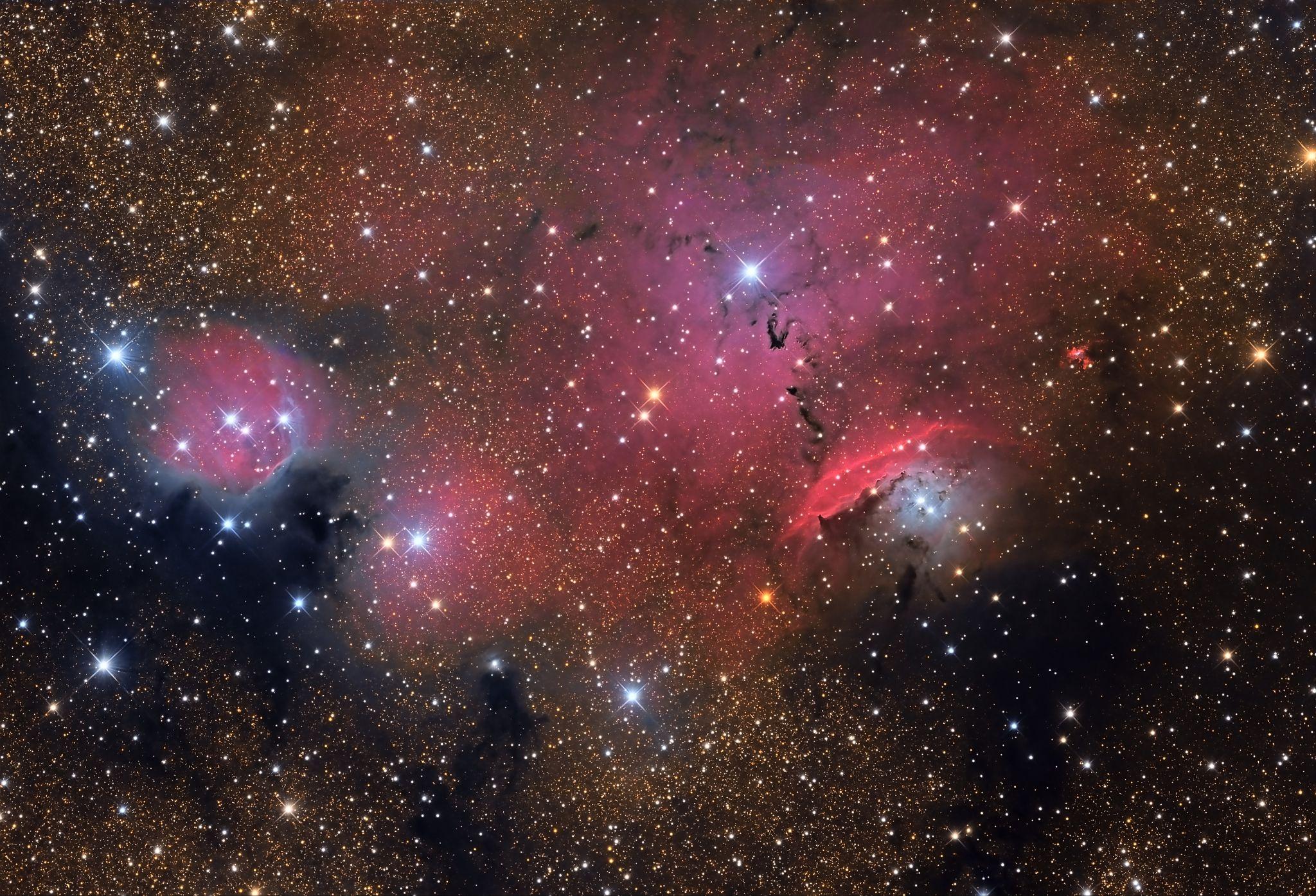
Deep Sky & Best Overall Image Winner: Paul Montague - Big Things Are Afoot
Sponsored by Adelaide Optical Centre
Highly Commended Entries
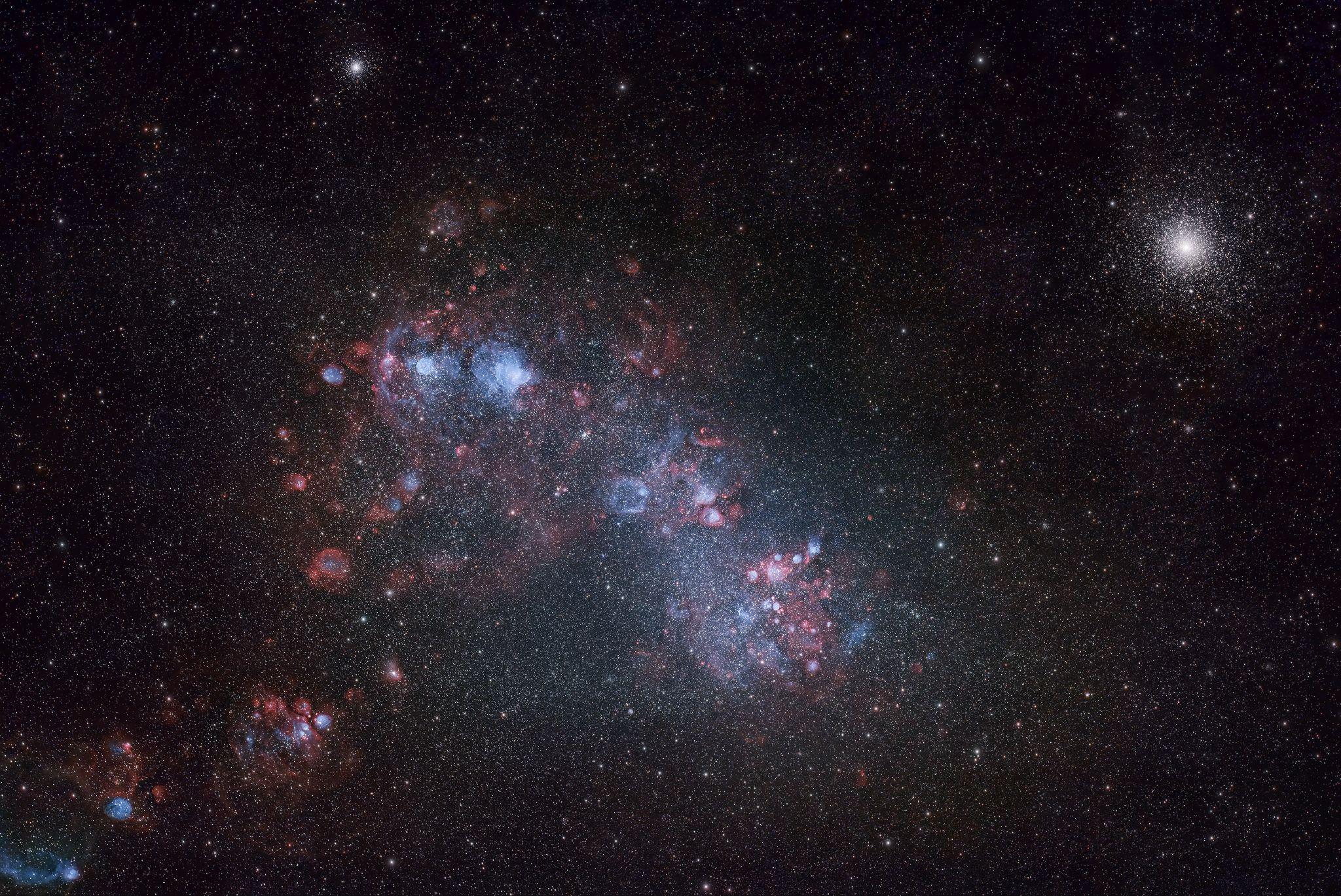
Andrew Miller - The SMC Uncovered
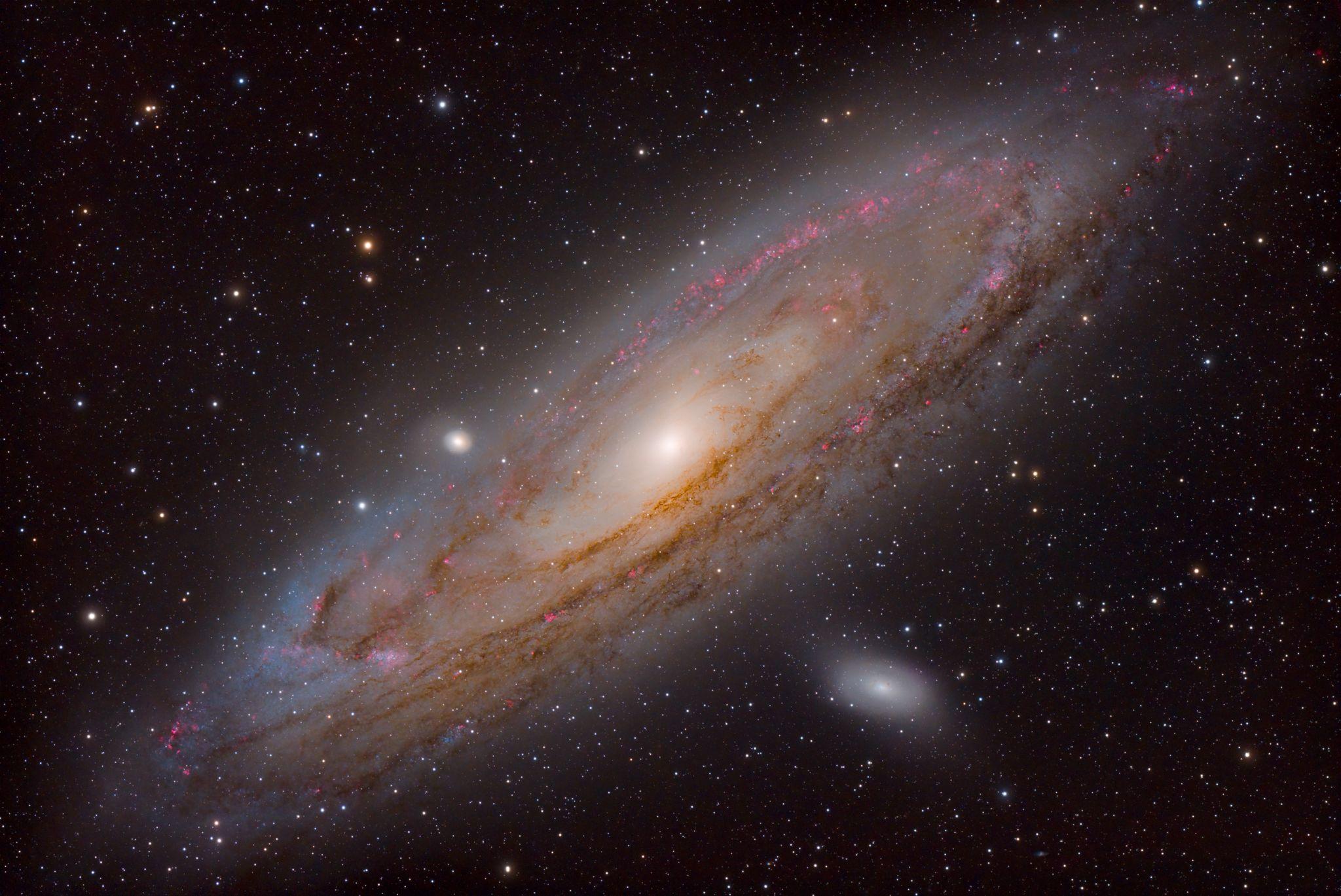
Jarrod Koh - Andromeda M31
Solar System Award
The Solar System category is for images of solar system objects taken with a telescope such as planets, the sun, natural satellites (e.g. the Moon), comets and asteroids. The image must not incorporate a foreground land or seascape.
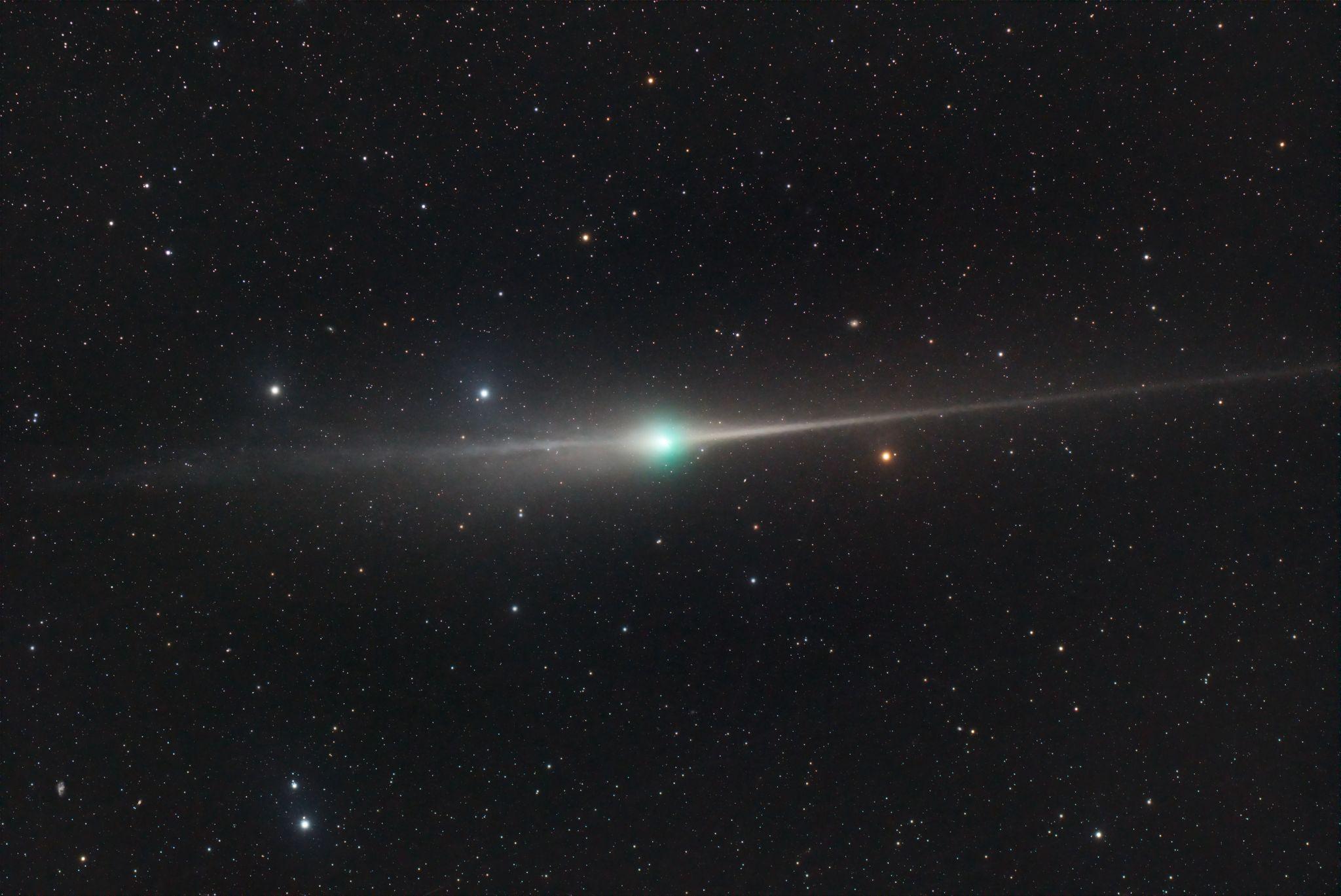
Solar System Winner: Jarrod Koh - Comet 12P/Pons-Brooks
Sponsored by Bintel
Highly Commended Entries
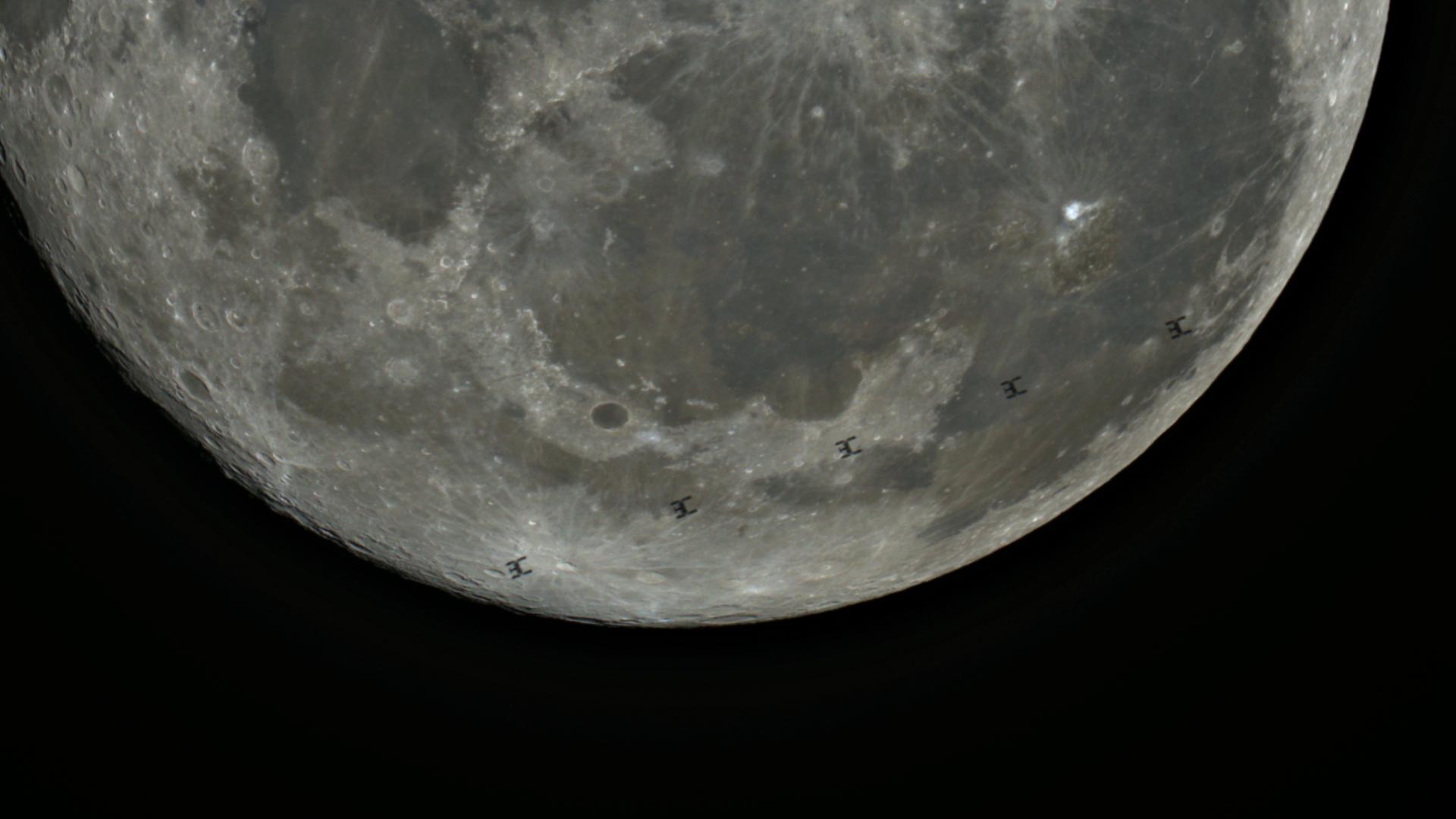
Richard Muhlack - CSS Tiangong Transits the Moon
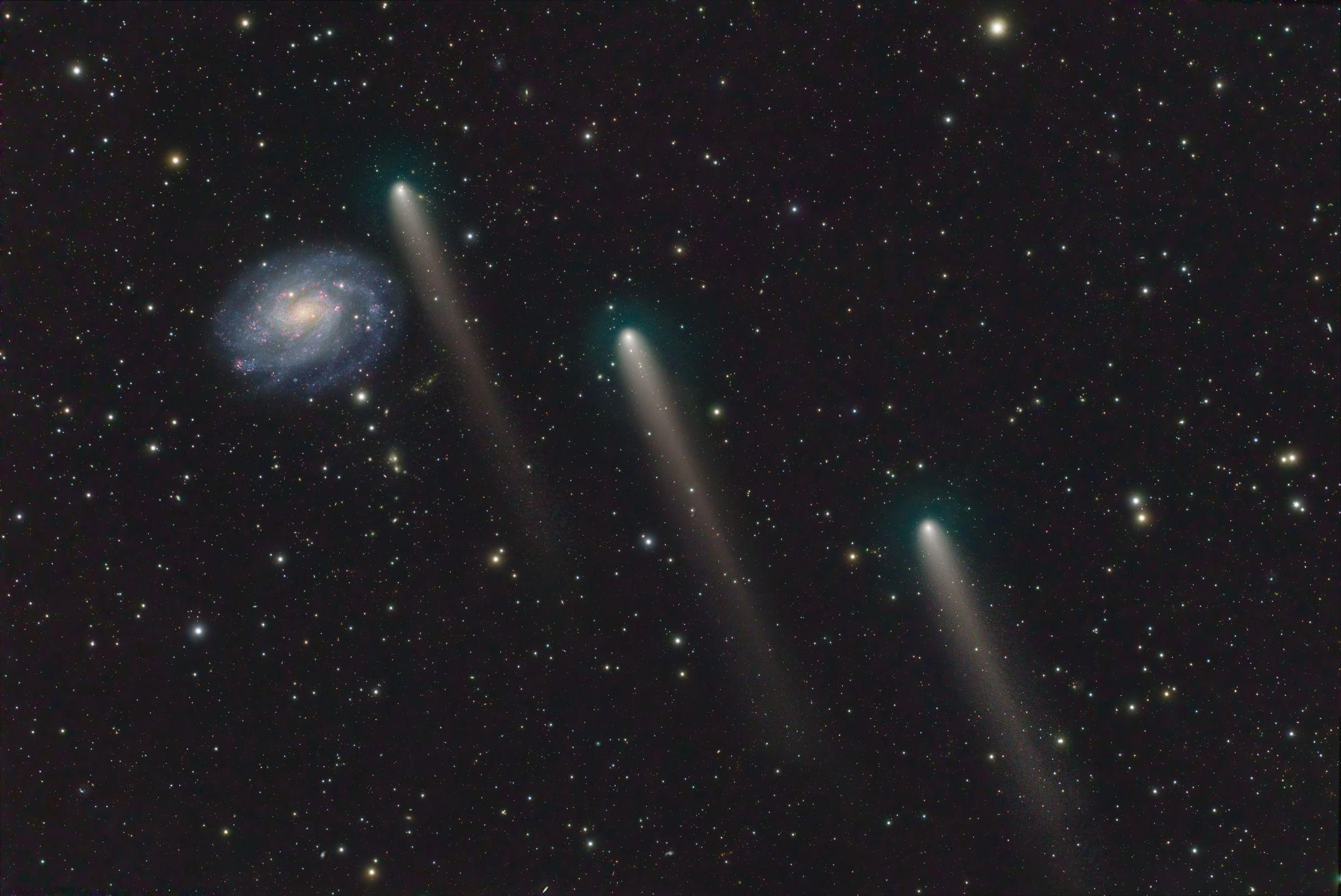
Jarrod Koh - C/2020 V2 (ZTF) Approaching NGC 300
Nightscape Award
Nightscapes combine beautiful terrestrial foregrounds with a night sky scene - often in a single exposure or as a multi-shot panorama. Widefield images often incorporate foreground land or seascapes along with astronomical phenomena such as auroras, lunar or planetary conjunctions, comets, constellations, or the Milky Way.
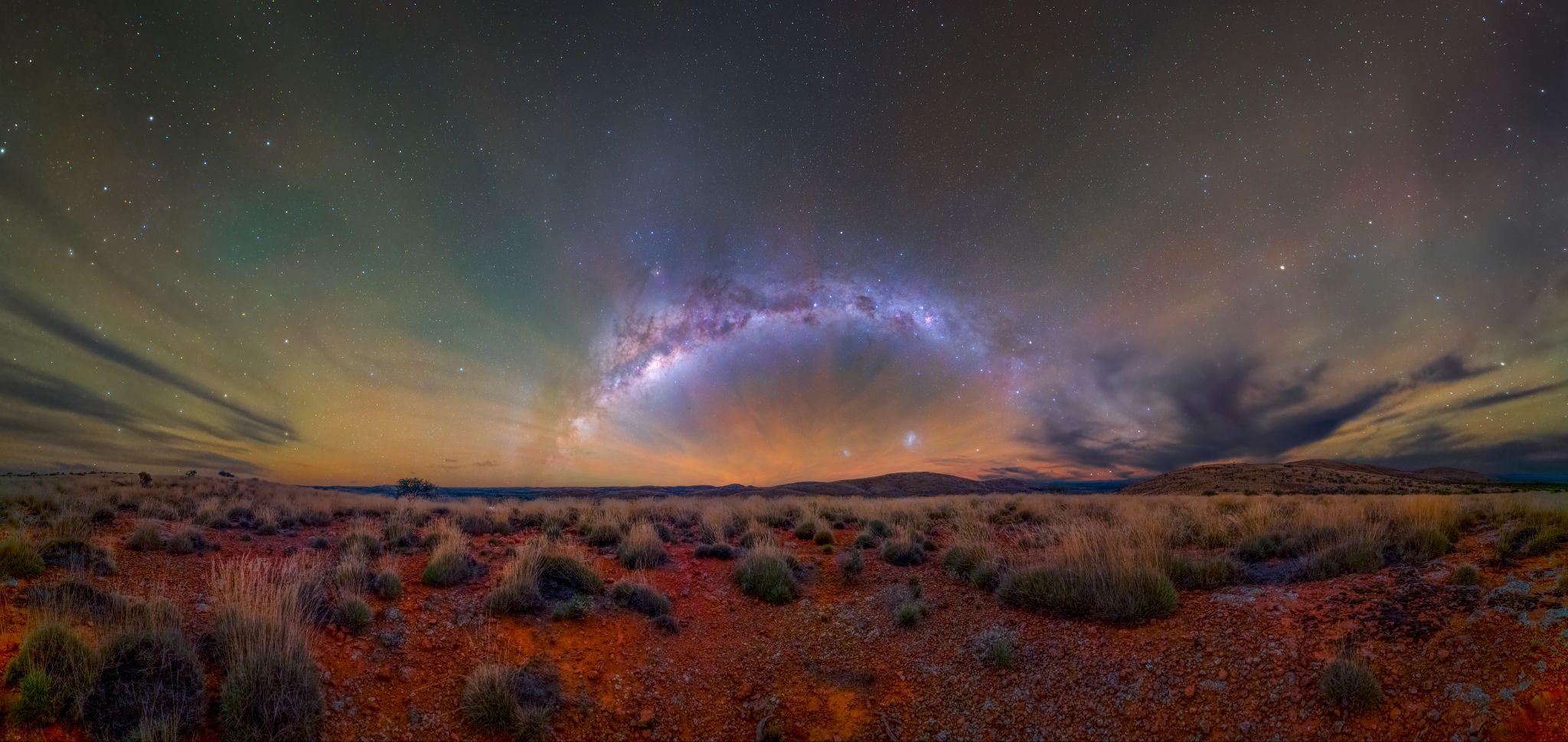
Nightscape Winner: Will Godward - Colours of the Ranges
Highly Commended Entries
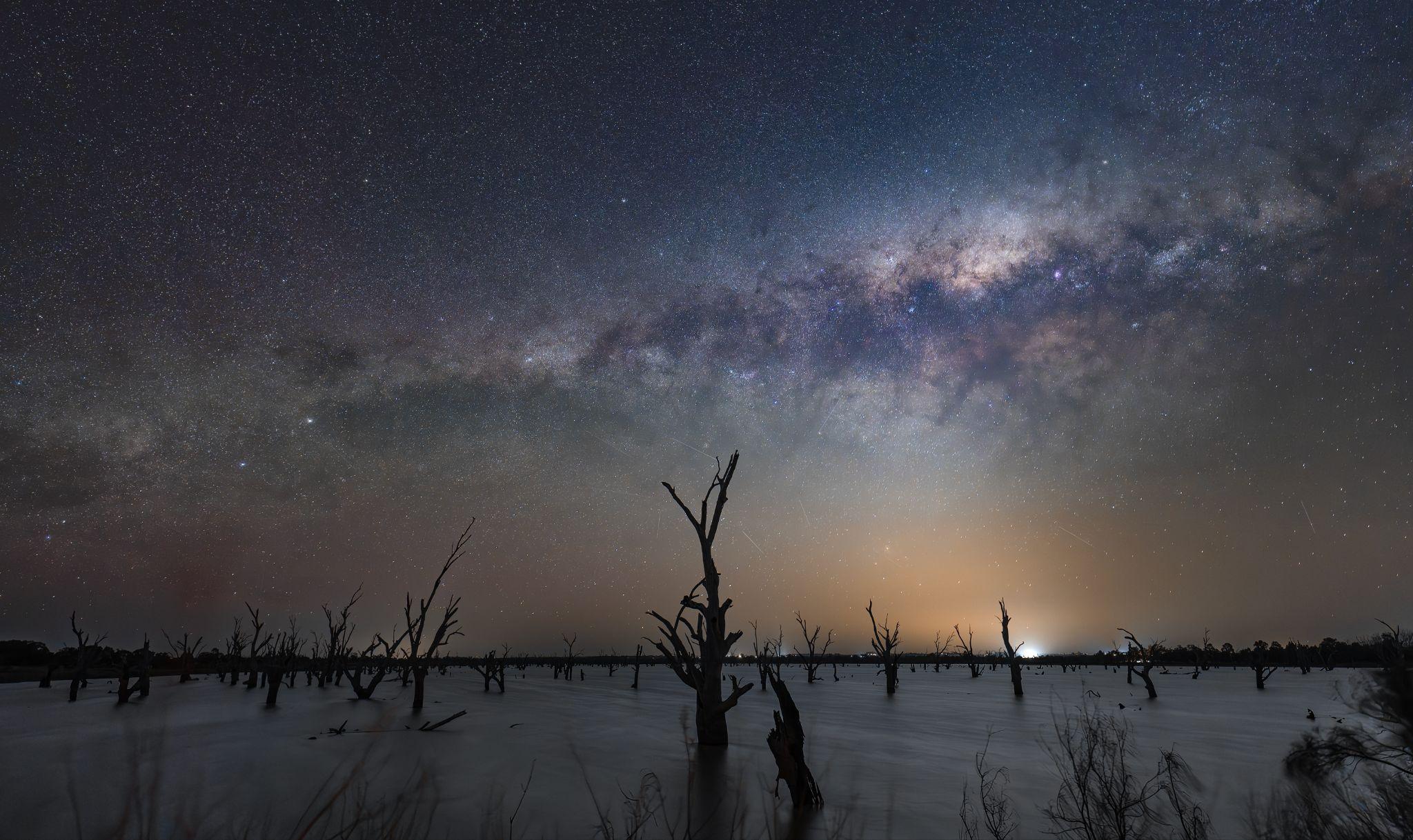
Jarrod Rueff - Cobdogla Swamp Illuminated
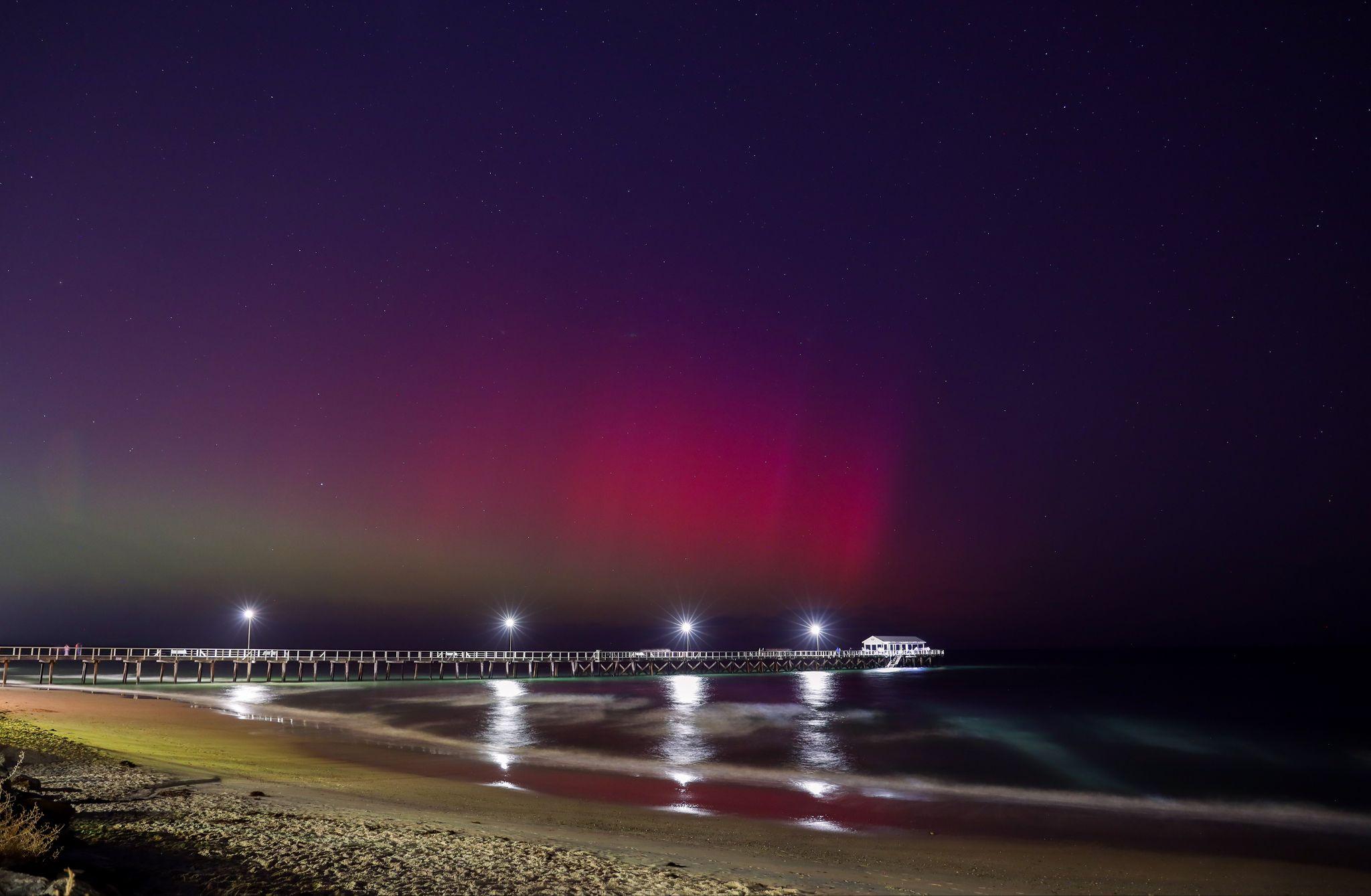
Jane Cocks - Aurora Australis at Henley
Timelapse Award
Timelapses are videos that are intriguing or highlight concepts and events not obvious or significant in stills. They can be of any subject, provided there is a distinct astronomical link.
Timelapse Winner: Will Godward - The Great Aurora of 2024
Smartphone Award
Images that have been taken with a smartphone, either as a nightscape image of an astronomical scene that has some aesthetic appeal and/or that has captured something you might not expect to see from such a tiny camera, or through a telescope or some other optical system to provide a deeper perspective.
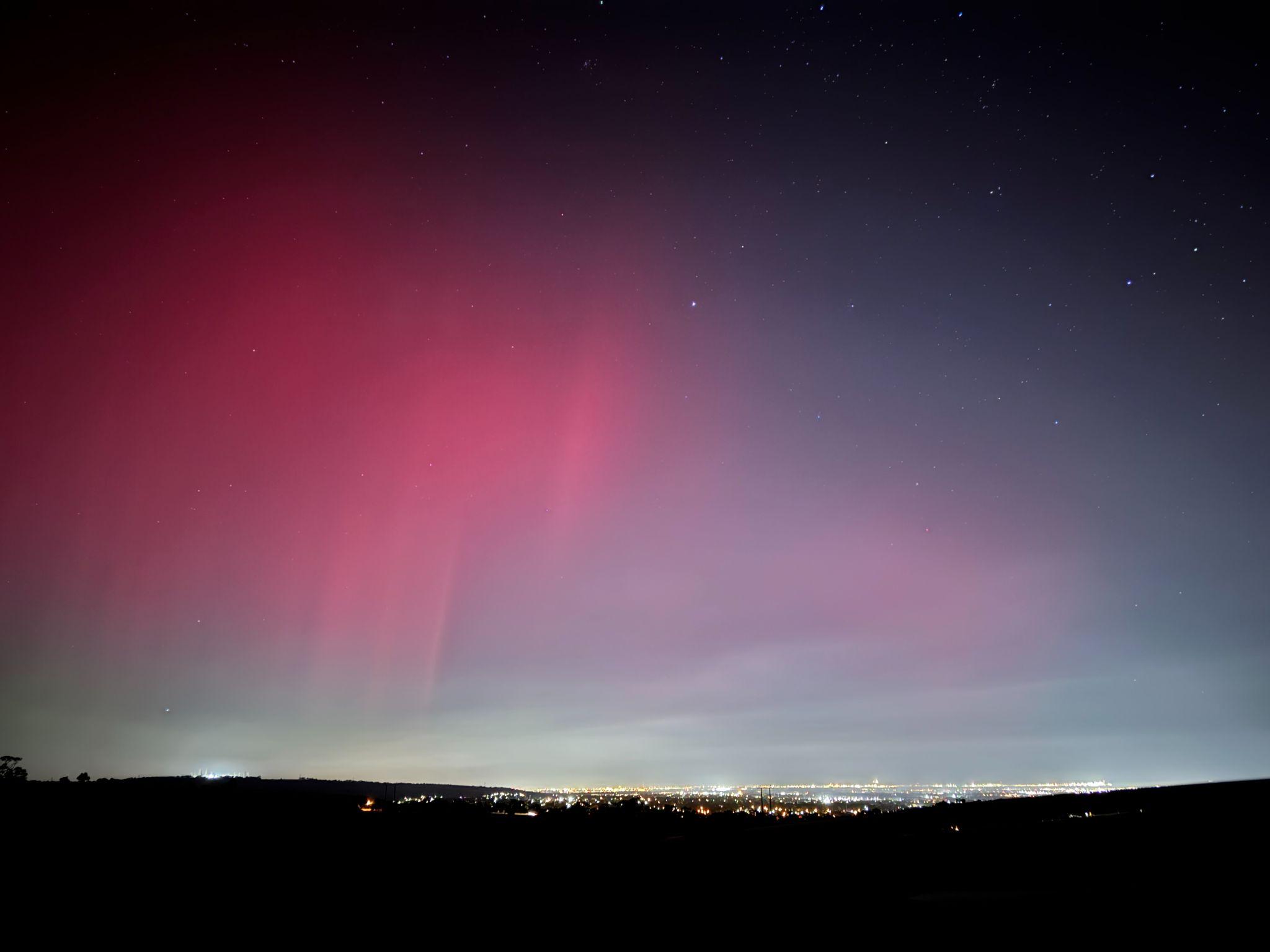
Smartphone Winner: Anthea Wills - “Northern” Lights from Uleybury, SA
Junior Astrophotography Award
Presented to an entrant 18 years or younger at the time of submission, and selected from all eligible entries received.
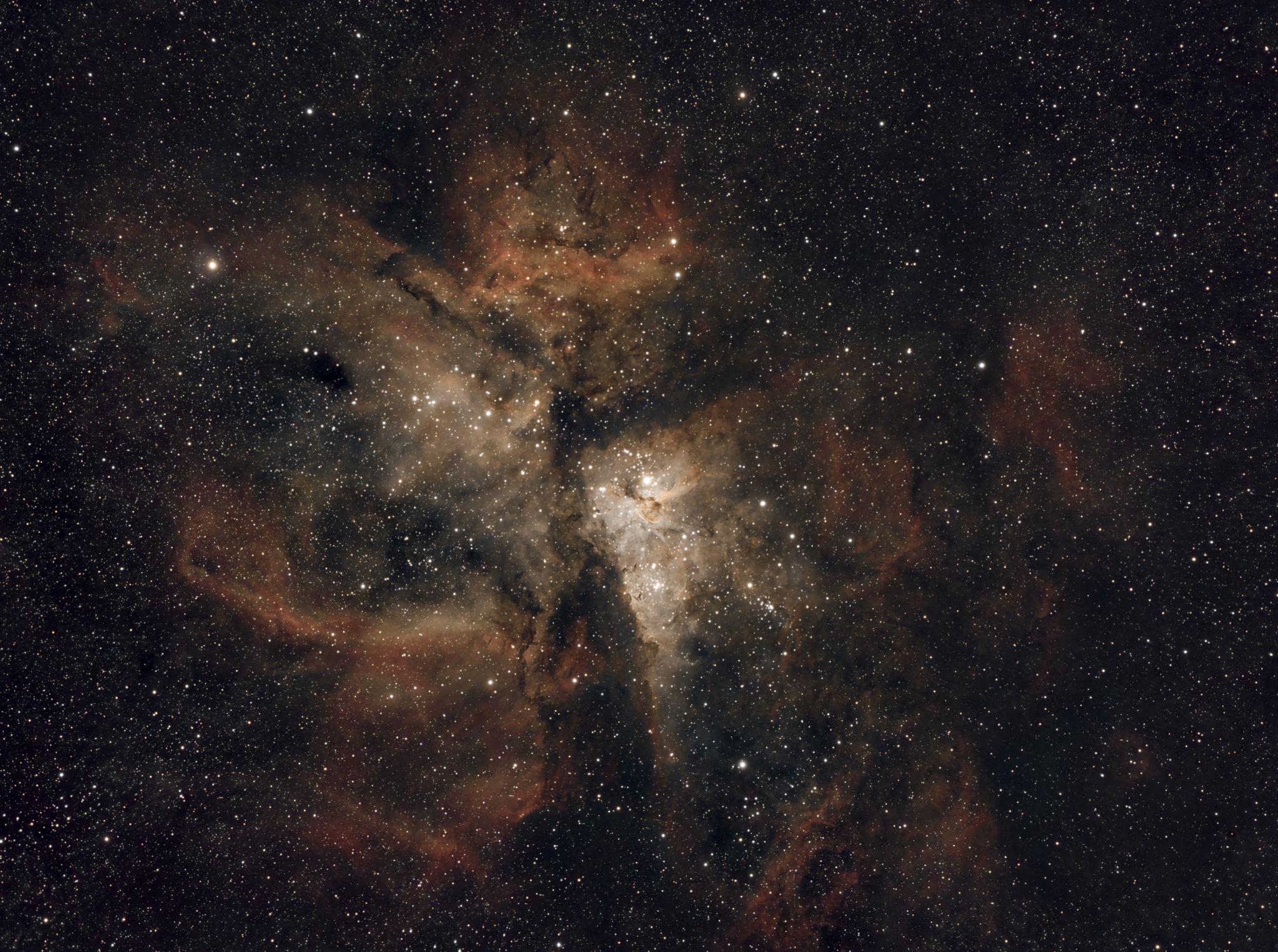
Junior Astrophotography Winner: Ajneet Singh - Eta Carina
The Craig Richardson Memorial Award
Selected by the Richardson family from the Nightscape and Timelapse Video entries received involving a land or seascape foreground. Craig Richardson was a keen and active member of the ASSA from the late 1980's until 2001 and best known for his enthusiastic approach to the observation and photography of the Aurora Australis, or Southern Lights.
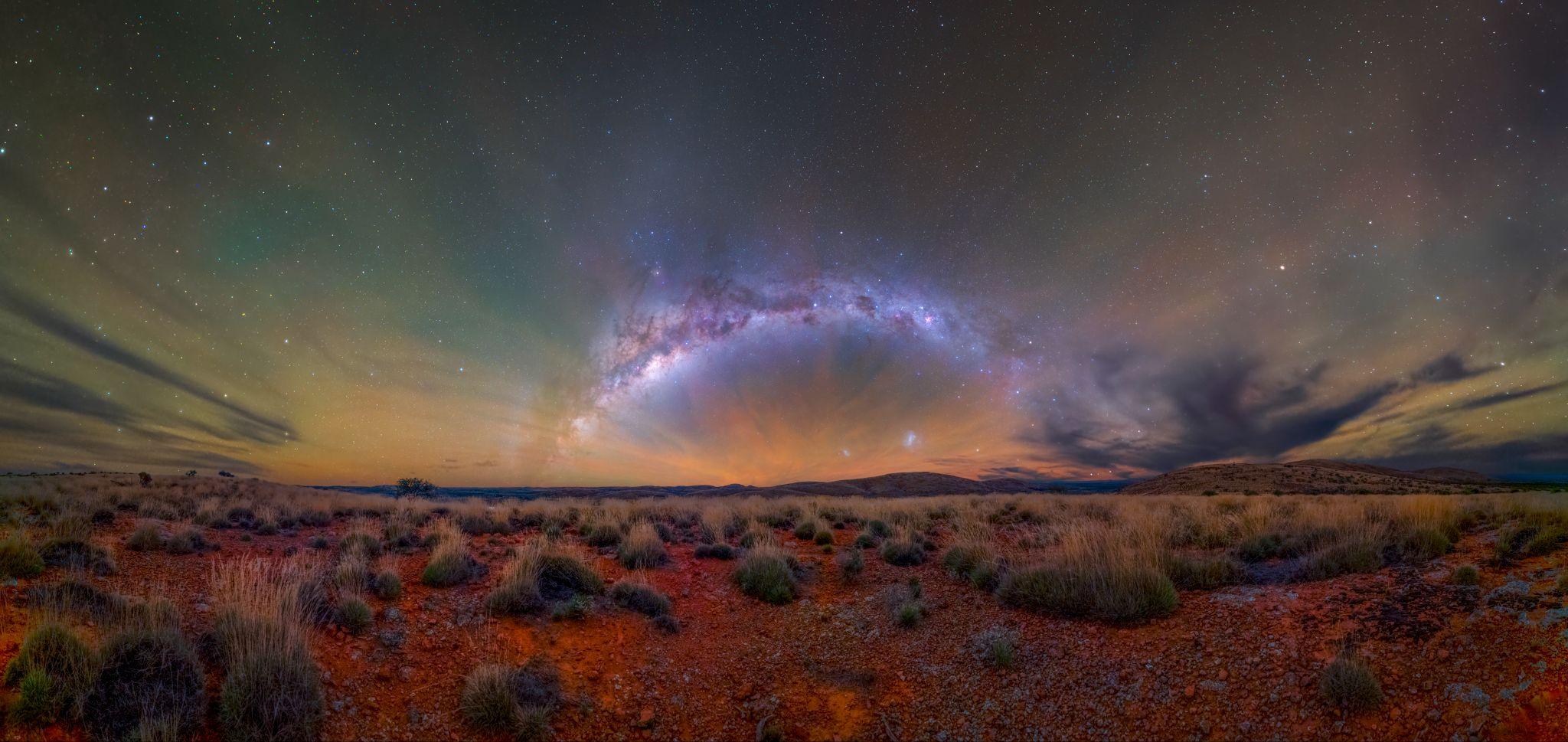
Joint Winner: Will Godward - Colours of the Ranges
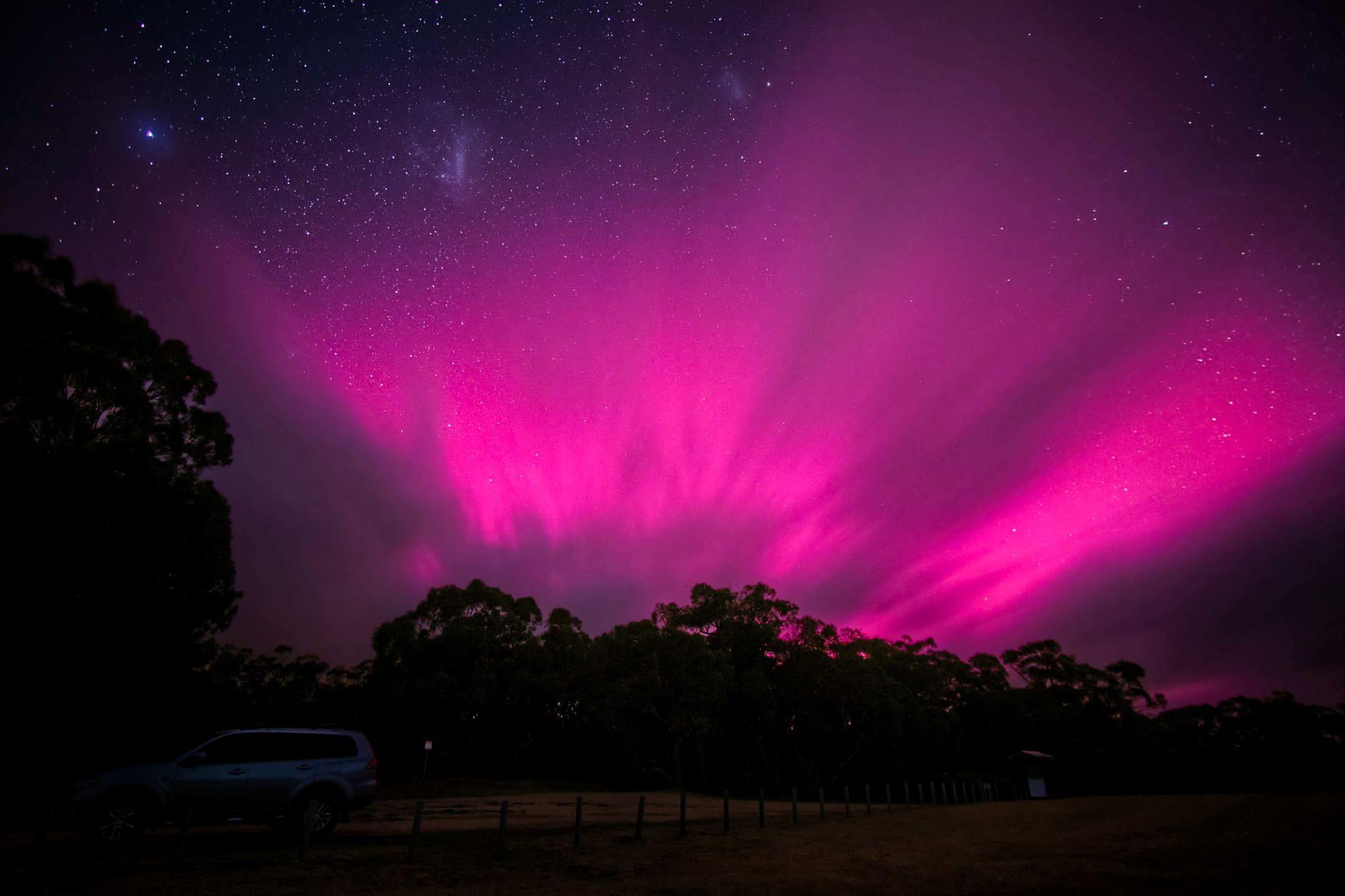
Joint Winner: Phillip Fitzpatrick - Great Aurora of 1st December 2023
Editor’s Award
The Editor's Award is given annually by the Editor of The Bulletin for the best original article or original series of articles by a member and published in the Society's Bulletin in the membership year. The article (or series of articles) must be of single authorship of 50 words or more.
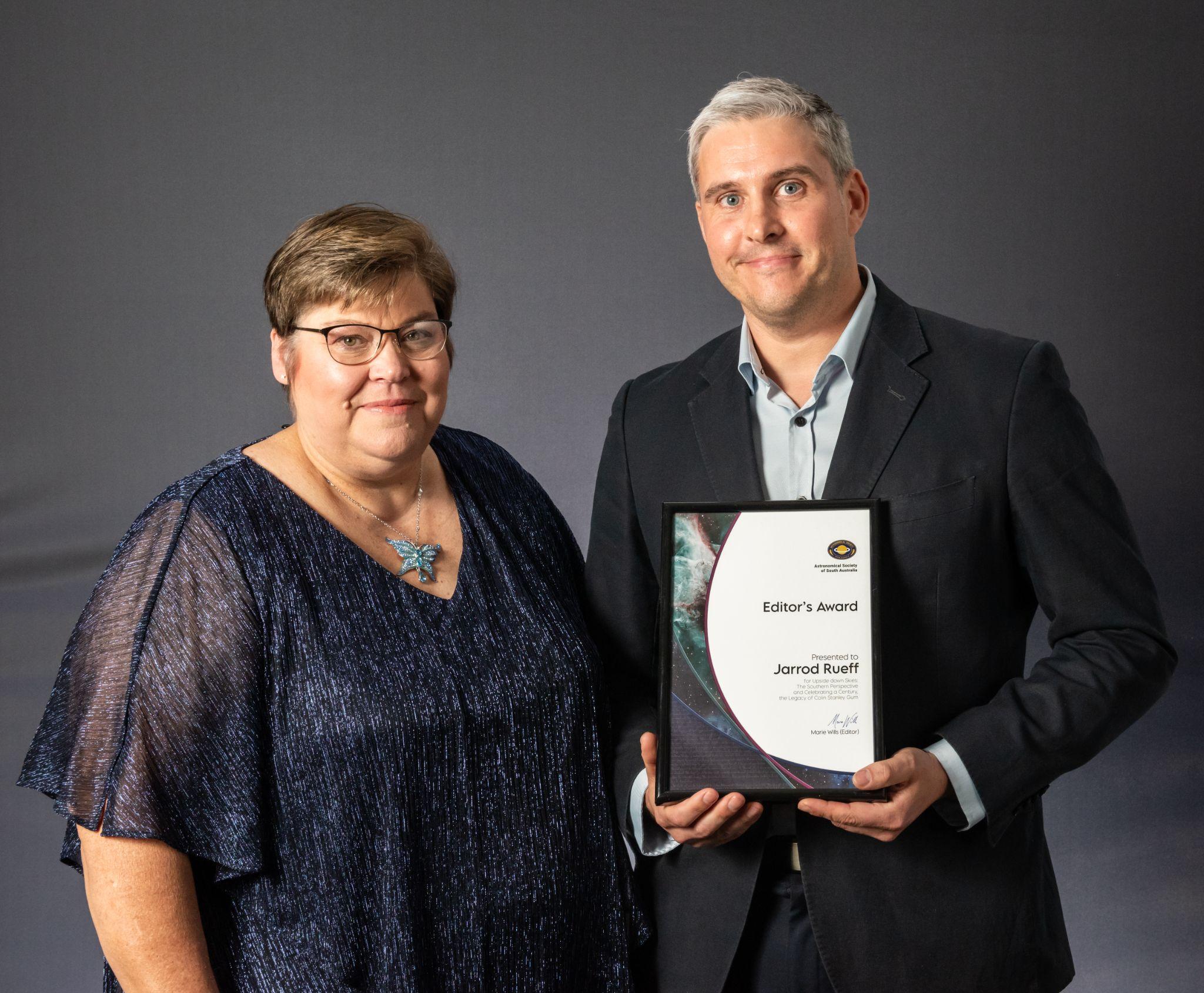
Winner: Jarrod Rueff
For Upside Down Skies: The Southern Perspective, and Celebrating a Century: The Legacy of Colin Stanley Gum
Annual Service Awards
The Annual Service Award is given to a current member in recognition of their service to the Society over several years up to and including the current membership year.
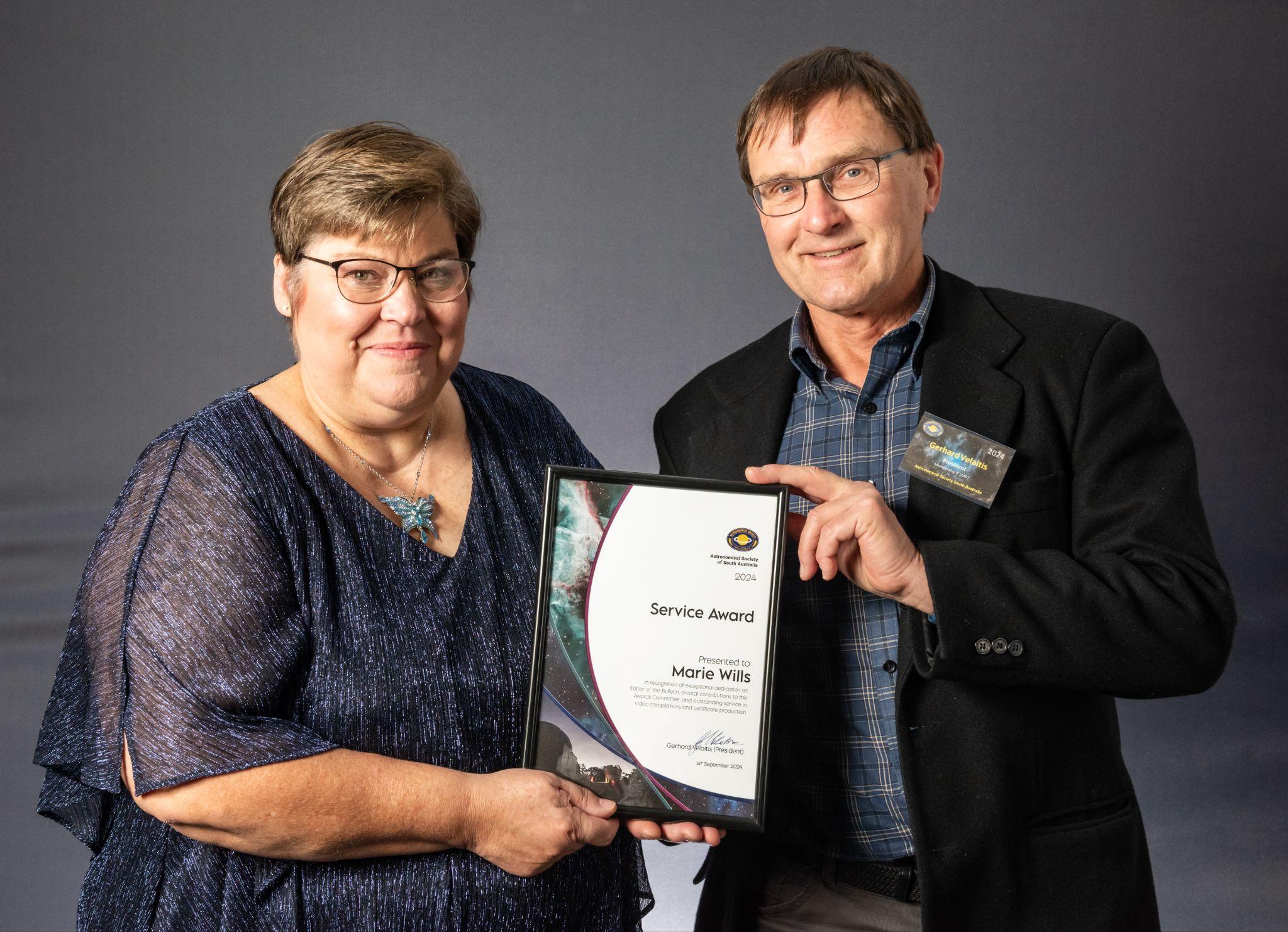
Winner: Marie Wills
In recognition of exceptional dedication as Editor of the Bulletin, pivotal contributions to the Awards Committee, and outstanding service in video compilations and certificate production.
